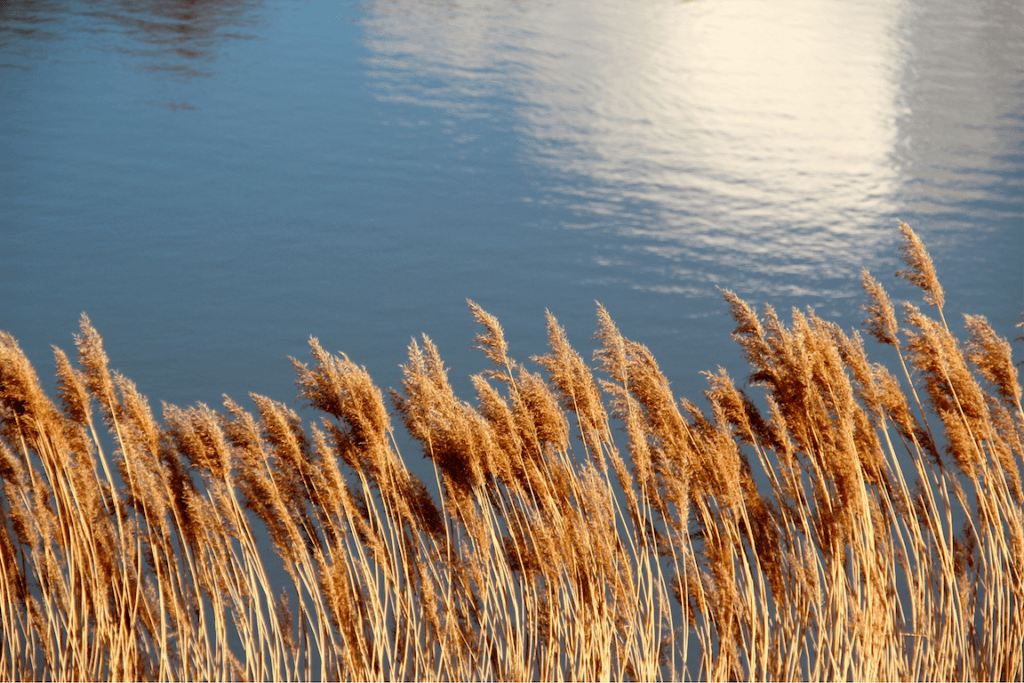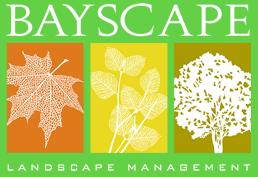Public spaces serve as the heartbeat of thriving communities, offering gathering places where residents connect and nature flourishes within urban environments. As Bay Area municipalities face increasing pressure to balance environmental responsibility with community needs, sustainable civic landscaping has emerged as a critical solution for creating beautiful, functional public spaces that benefit both people and the planet.
Sustainable civic landscaping integrates ecological principles, water conservation strategies, and community-focused design elements that reduce maintenance costs while maximizing environmental benefits. For municipal planners and community leaders, understanding these principles is essential for creating public spaces that will thrive for generations.
Helpful Facts
- Native plants reduce municipal maintenance costs by 50-70% while supporting local wildlife
- Bay Area natives like California poppies and ceanothus require minimal water and care
- Smart irrigation and rain gardens dramatically cut water usage and manage stormwater
- Multi-functional designs combine recreation, education, and accessibility in one space
- Integrated pest management and monitoring ensure long-term sustainability and cost control
Understanding Sustainable Civic Landscaping
What Makes Landscaping Sustainable?
Sustainable landscaping represents a holistic approach that considers long-term environmental impact, resource efficiency, and ecosystem health. In civic applications, this means creating public spaces that require minimal water, reduce chemical inputs, support local wildlife, and provide maximum community benefit with optimized maintenance requirements.
The foundation rests on three core principles: environmental stewardship through plants that support local ecosystems, economic efficiency via reduced maintenance costs, and social responsibility ensuring spaces serve diverse community needs while promoting environmental awareness.
Benefits for Communities and Municipalities
Communities investing in sustainable civic landscaping experience reduced municipal maintenance budgets, improved air and water quality, enhanced property values, and increased community engagement. Native and adapted plants require less water, fertilizer, and pest management, translating to substantial municipal savings while reducing lifecycle replacement costs.
Environmental benefits include improved stormwater management, reduced urban heat island effects, enhanced carbon sequestration, and wildlife habitat support. These improvements contribute to community health and resilience while helping municipalities meet environmental goals.
Key Principles of Sustainable Public Space Design
Native Plant Selection and Regional Adaptation
Successful sustainable civic landscaping prioritizes native and regionally adapted species that thrive in local conditions with minimal resources. In the Bay Area, excellent choices include California poppies, lavender, ornamental grasses like Pacific reed grass, and drought-tolerant shrubs such as ceanothus and manzanita.
These plants reduce water requirements while providing wildlife habitat for beneficial insects and birds. When selecting plants, consider mature size, seasonal interest, maintenance requirements, and safety for high-traffic areas. Grouping plants with similar needs creates efficient irrigation zones while reducing management complexity.

Water-Efficient Design Strategies
Water conservation represents a critical component, particularly in California where drought conditions frequently impact municipal operations. Water-efficient design can reduce irrigation needs by 50-70% while maintaining attractive public spaces.
Xeriscaping principles emphasize proper soil preparation, strategic plant placement, efficient irrigation, and mulch use to retain moisture. Incorporating permeable hardscape materials and rain gardens captures natural precipitation while reducing stormwater runoff.
Modern irrigation technology, including smart controllers, drip systems, and soil moisture sensors, delivers precise water amounts based on actual plant needs, eliminating waste while ensuring optimal health.
Design Elements for Successful Public Spaces
Creating Multi-Functional Landscapes
Effective civic landscaping serves multiple purposes within single designs, maximizing space utilization while meeting diverse needs. Multi-functional landscapes combine recreational areas with stormwater management, educational gardens with aesthetic plantings, or seating areas with wildlife habitat zones.
Consider bioswales that manage runoff while providing attractive planted areas, edible landscapes offering community garden opportunities, and native plant demonstrations serving educational purposes. Flexible elements like removable planters and modular seating help spaces accommodate different activities year-round.
Incorporating Community Needs and Accessibility
Successful projects prioritize universal accessibility and diverse community needs from initial design. This includes ADA-compliant pathways, varied seating options, and welcoming spaces for all community members.
Community input during design reveals specific needs and preferences through public meetings, surveys, and workshops. Safety considerations require attention to sight lines, lighting, plant selection avoiding thorns or toxicity, and maintenance access for secure, welcoming environments.
Plant Selection and Ecosystem Integration
Choosing Low-Maintenance, High-Impact Species
Strategic plant selection dramatically reduces maintenance while creating striking landscapes. Focus on species providing multiple seasons of interest, minimal pruning requirements, strong pest resistance, and wildlife benefits.
Ornamental grasses offer excellent civic options with year-round structure, minimal maintenance, and attractive movement. Species like fountain grass, feather reed grass, and blue fescue work well in Bay Area conditions while providing habitat value.
Layered landscapes mixing trees, shrubs, perennials, and groundcover create visual depth while supporting diverse ecological functions and reducing plant loss risks from pests or diseases.
Supporting Local Wildlife and Biodiversity
Public spaces offer valuable opportunities to support urban wildlife through strategic plant selection providing food sources, nesting sites, and habitat corridors. Native flowering plants provide pollinator nectar while native trees and shrubs offer bird nesting sites and food.
Creating habitat diversity through varied plant heights, textures, and bloom times supports wider wildlife ranges while adding visual interest. Features like native plant gardens or butterfly habitats serve educational purposes while supporting local ecosystems.
Water Management and Conservation
Implementing Smart Irrigation Systems
Modern irrigation technology reduces water consumption while maintaining healthy landscapes. Smart controllers use weather data, soil sensors, and plant requirements to deliver precise water amounts only when needed.
Drip irrigation provides water directly to root zones, reducing evaporation compared to spray systems. Rain sensors and soil monitors prevent operation during rainfall, reducing irrigation use by 15-30% while preventing overwatering stress.
Stormwater Management Through Landscape Design
Sustainable landscaping captures, filters, and slowly releases precipitation rather than directing flow to storm drains. Bioswales and rain gardens handle significant runoff while providing attractive planted areas that enhance visual appeal.
Permeable paving in walkways allows rainwater infiltration rather than creating runoff, reducing municipal stormwater system burden while supporting landscape irrigation needs.
Maintenance and Long-Term Success
Developing Sustainable Maintenance Practices
Long-term success depends on maintenance practices supporting ecological goals while managing spaces efficiently. This includes schedules working with natural plant cycles, organic soil amendments, and staff training in sustainable practices.
Integrated pest management reduces chemical pesticide reliance through prevention, monitoring, and targeted interventions only when necessary. On-site composting programs turn landscape debris into valuable soil amendments while reducing disposal costs.
Monitoring and Adapting Over Time
Successful landscapes require ongoing monitoring and adaptive management as plants mature and conditions change. Regular assessment of plant health, irrigation efficiency, and community use patterns identifies needed adjustments before problems develop.
Establishing baseline measurements for water use, maintenance costs, and satisfaction provides evaluation data for demonstrating sustainable landscaping value to decision-makers and communities.
Lasting Benefits of Sustainable Civic Landscaping
Creating sustainable public spaces through thoughtful civic landscaping represents effective community investment in long-term environmental and economic health. By prioritizing native plants, water conservation, ecosystem integration, and community needs, municipalities develop spaces providing lasting benefits while reducing costs and environmental impact.
These principles provide foundation for successful sustainable civic landscaping projects serving communities for generations. Whether planning new spaces or renovating existing landscapes, incorporating sustainable approaches creates more resilient, beautiful, and valuable community assets that contribute to broader environmental goals and municipal sustainability objectives.
How Can Bayscape Landscape Management Help
Bayscape Landscape Management together with our wholly owned subsidiary Arbortek Tree Services is a local, family-owned and operated landscape management company with a twenty-five year heritage of reliability and performance. From small beginnings, our company has grown to become one of the leaders in the landscaping industry, entrusted with maintaining the Bay Area’s most beautiful commercial and residential landscapes. Our single objective is to transform your exterior into a picture-perfect space, as breathtaking as it is functional.
You may have been recommended to us by one of our many satisfied customers, or you may have searched online for landscaping near me. However you found us, we’re happy to welcome you. Call us at (408) 288-2940 or contact us online.
